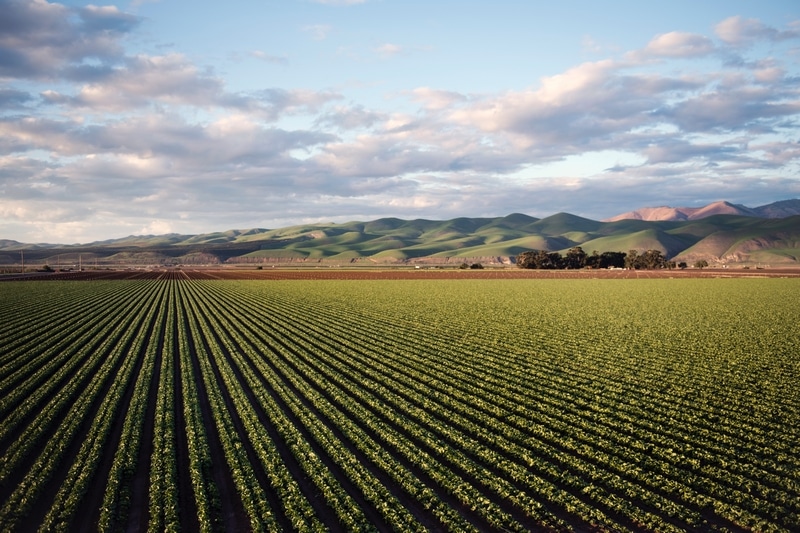Did you know regenerative agriculture gives us the chance to improve food quality, protect farmers’ livelihoods, and safeguard the land we depend on?
Regenerative agriculture is a system of farming principles and practices that seeks to rehabilitate and enhance the entire ecosystem of the farm by placing a heavy premium on soil health with attention also paid to water management, fertilizer use, and more. It is a method of farming that improves the resources it uses, rather than destroying or depleting them.
This is how it works:
✅ Conservation tillage: By adopting low- or no-till practices, farmers minimize physical disturbance of the soil, and over time increase levels of soil organic matter, creating healthier, more resilient environments for plants to thrive, as well as keeping more and more carbon where it belongs.
✅ Diversity: By increasing the plant diversity of their fields, farmers help create the rich, varied, and nutrient-dense soils that lead to more productive yields.
✅ Rotation and cover crops: By rotating crops and deploying cover crops strategically, farms and gardens can infuse soils with more and more (and more diverse) soil organic matter, often while avoiding disease and pest problems naturally. Always remember, bare soil is bad soil.
✅ Mess with it less: In addition to minimizing physical disturbance, regenerative agriculture practitioners also often seek to be cautious about chemical or biological activities that also can damage long-term soil health.
✅ Misapplication of fertilizers and other soil amendments can disrupt the natural relationship between microorganisms and plant roots.
EcoGem® is passionate and concerned when it comes to regenerating and revitalizing the soil and the environment. To learn more about the importance of regenerative agriculture visit our website at www.eco-gem.com.

